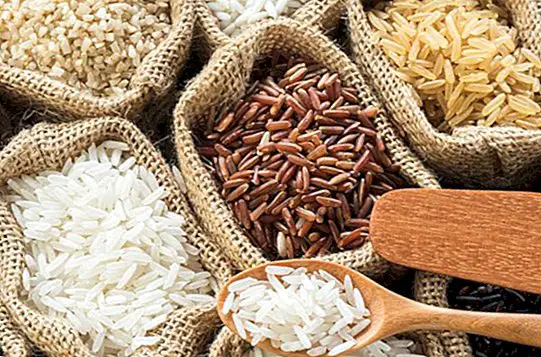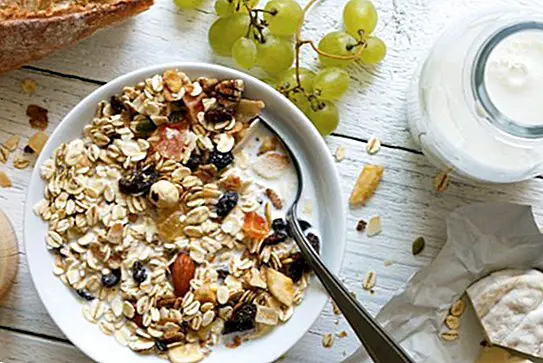How to increase iron
The iron It is fundamental for our organism, since it participates and intervenes in a great diversity of functions. Since we find it in very few quantities in our body, the best way to provide it and obtain the recommended daily amounts is through food. It consists more concretely in a micromineral or trace element which intervenes in the human metabolism, at the same time that it plays a wide diversity of functions.
Fundamentally we can distinguish the presence of two types of iron, hemic and non-hemic iron. The hemic iron is the iron of animal origin which is absorbed between 20 to 30%, and we find it especially in the meat. Meanwhile he non-hemic iron is the iron of plant origin, which is absorbed between 3% and 8%, finding it especially in green leafy vegetables, legumes, nuts, wheat bran and egg yolk.

The Daily iron needs range from 8 to 11 mg., while athletes (whether male or female) require an additional 50%. In this sense, to improve the absorption of non-hemic iron it is appropriate to consume it together with foods rich in vitamin C. On the other hand, it is essential to know which are the inhibitors of non-heme iron absorption: tea, wheat bran, egg white and soy products.
Symptoms caused by lack of iron
It is usual that, in many cases, when there are low levels of iron in the blood, it is only diagnosed by a blood test. Although it is true that there are some symptoms that can help find out if our iron levels are below what is considered normal or not.
Fundamentally we can mention a lower response to stress and lower work performance, with an alteration in behavior, poor thermal regulation and since in many cases it can also produce anemia, in turn can cause weight loss.
Foods richer in iron to increase it easily
A good way to increase iron levels in the blood is through food, especially if you choose the foods with the highest content in this micromineral:
Foods richer in hemic iron
The main highlights are clams and other molluscs, turkey meat, chicken, pork, tuna, beef and chicken liver.

Foods richer in non-hemic iron
Highlights above all foods such as cereals, oats, lentils, spinach, beans, beans, tofu, semolina, raisins, almonds, pistachios, whole wheat bread and egg yolk.
When it comes to improving the absorption of non-haem iron remember that it is very appropriate to consume together foods rich in non-heme iron with foods high in vitamin C. Highlights: guava, peppers, papaya, kiwis, cabbage, cabbage, raspberries, lemons , oranges, grapefruits, turnip greens, mango, mandarin, turnip and spinach.
Tips to increase iron effectively
When it comes to increasing iron levels in the blood, it is not enough to follow a varied and balanced diet, based above all on the consumption of iron-rich foods. You should also keep in mind what foods or nutrients favor their absorption, and who diminish it.
- What favors the absorption of iron: especially foods rich in vitamin C and vitamin C itself, citric acid and malic acid (found in apples), meat proteins (by promoting the absorption of non-heme iron), and the vitamin TO.
- What does not favor the absorption of iron and reduces it: phytic acid (found in rice, legumes and whole grains), tannins (present in coffee, tea, wine and some fruits and vegetables), vegetable proteins of soy and calcium.
On the other hand, you can follow some basic tips that help, such as making an appropriate selection of those foods that are going to be consumed, including meat in the meals and also some sources of vitamin C, as well as suppressing large quantities of coffee or tea at meals.
Images | Tim Lucas / John Schilling This article is published for informational purposes only. It can not and should not replace the consultation with a Physician. We advise you to consult your Trusted Doctor.



